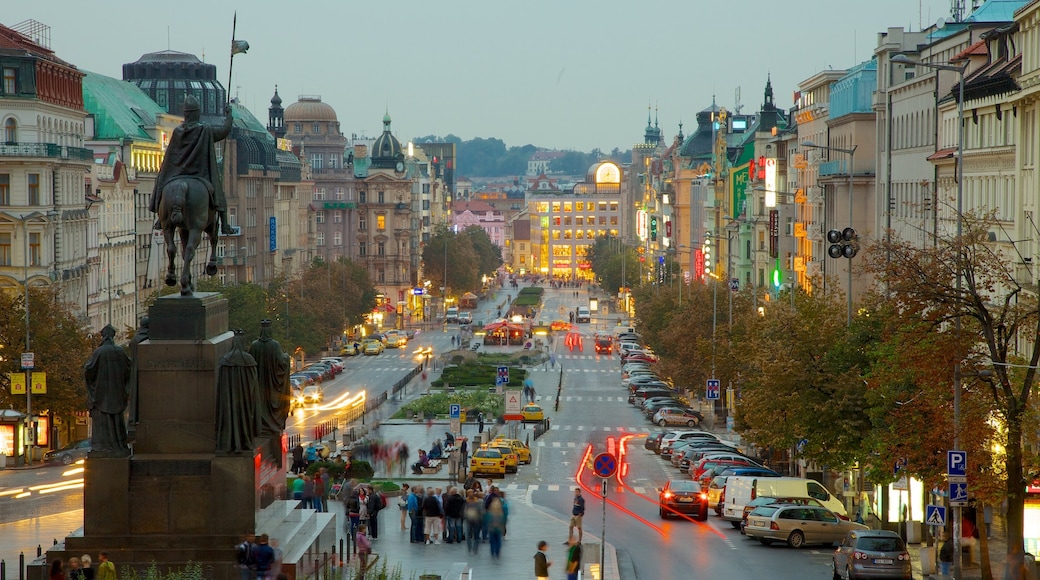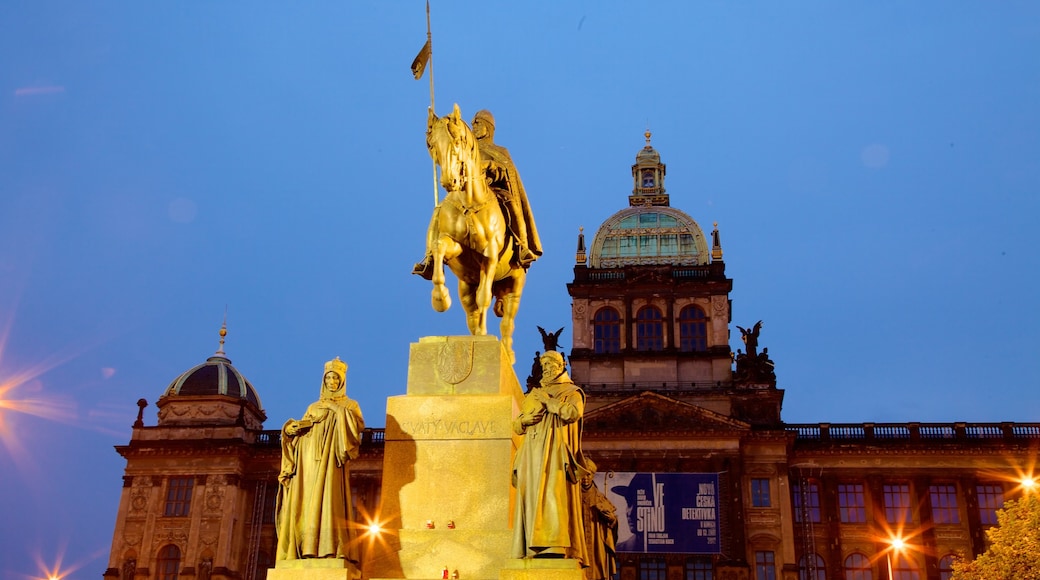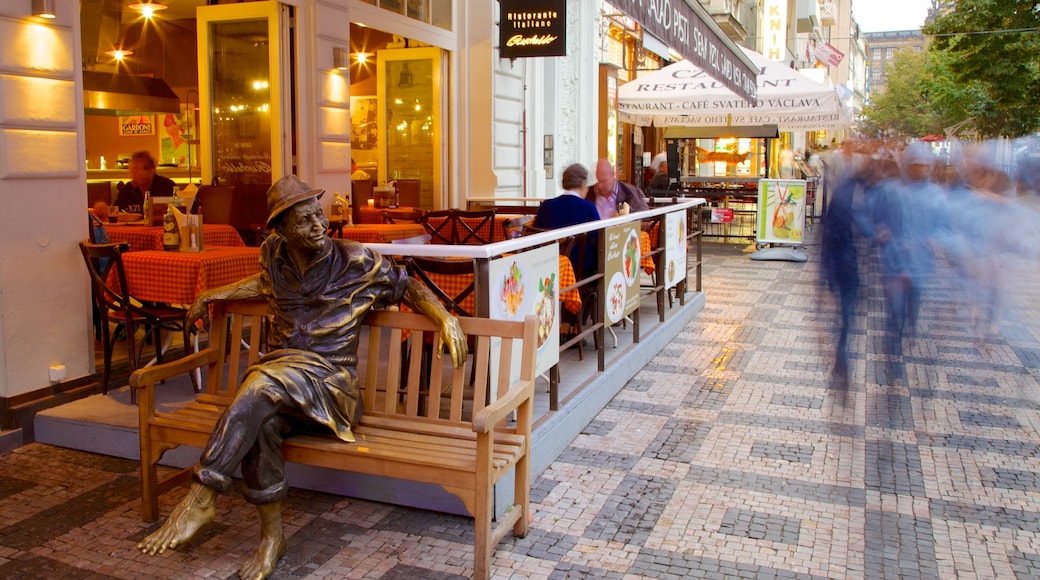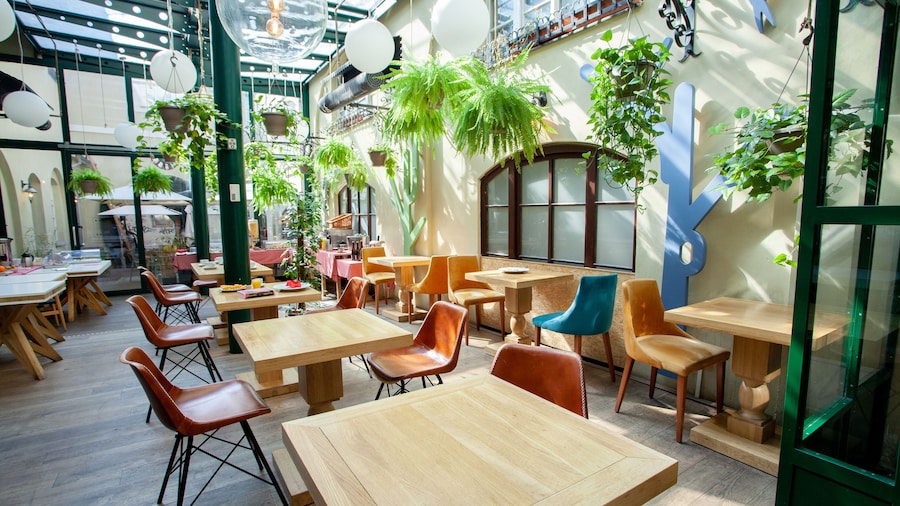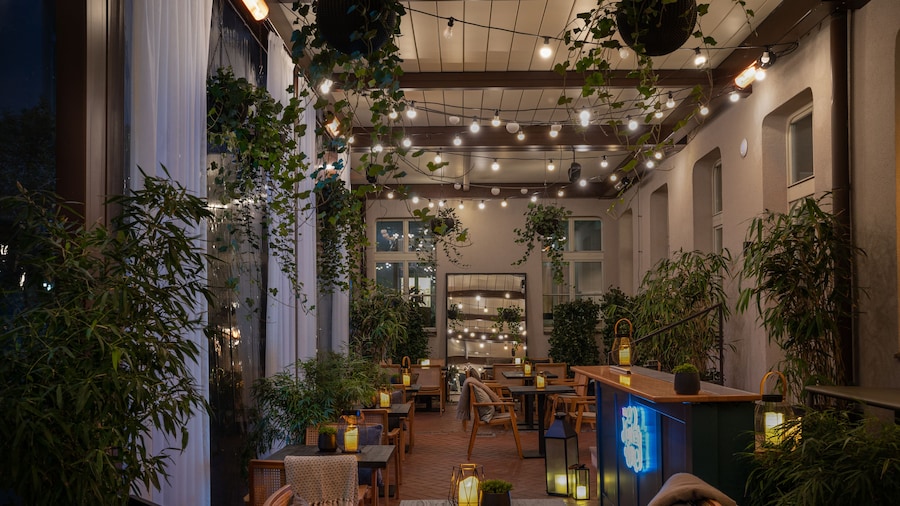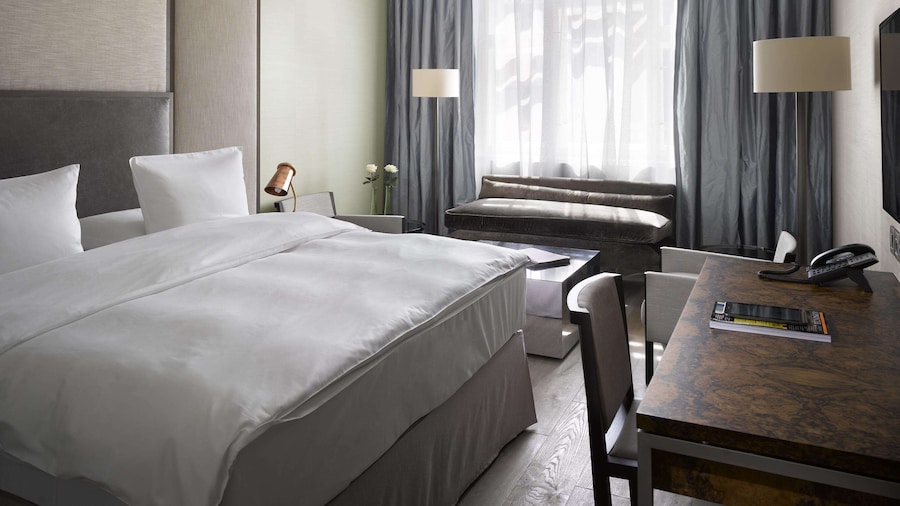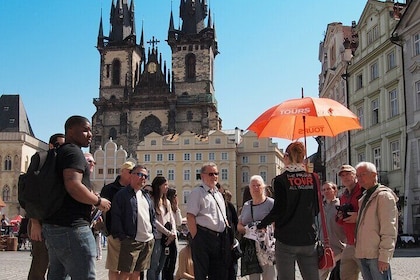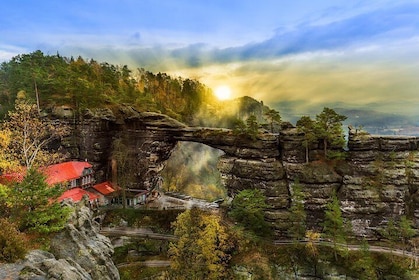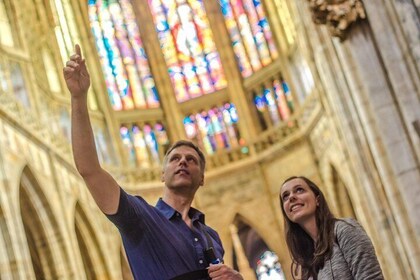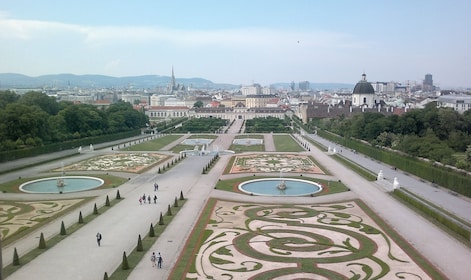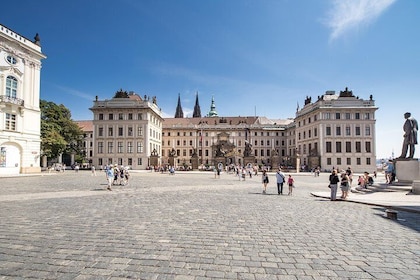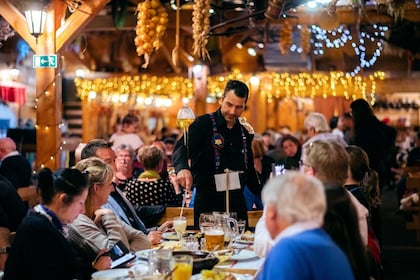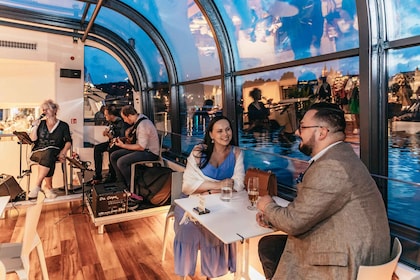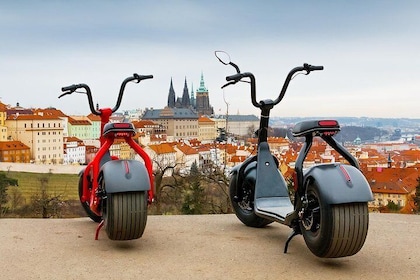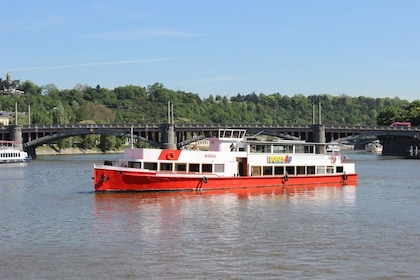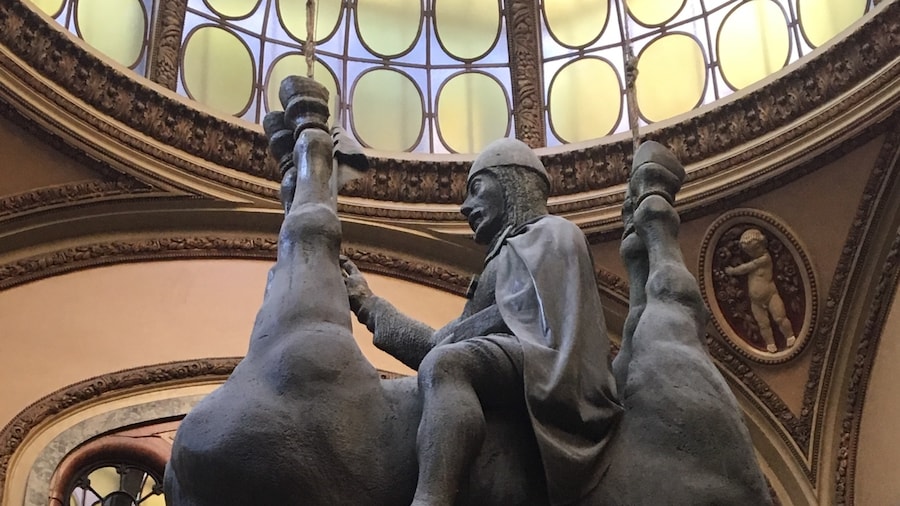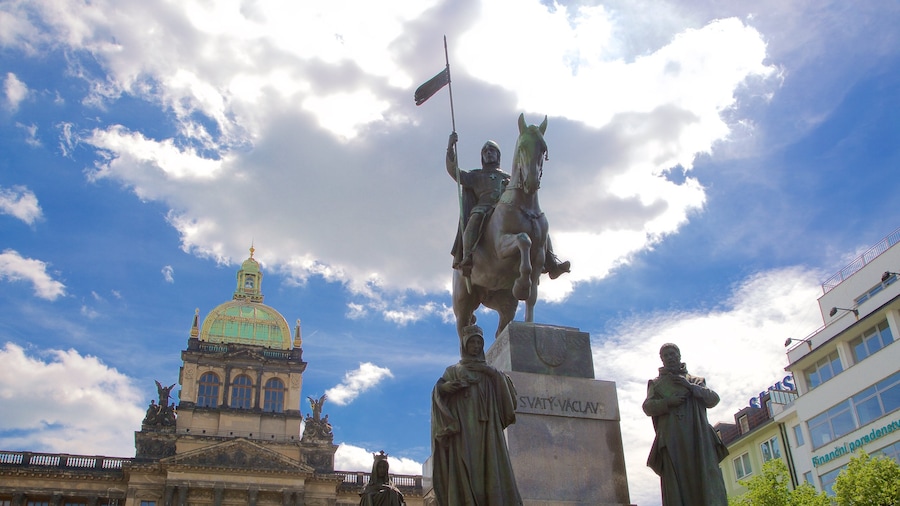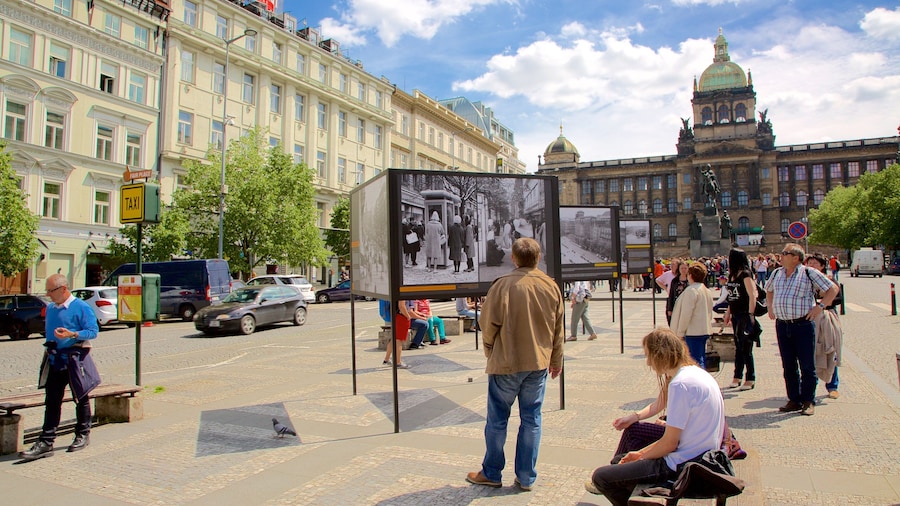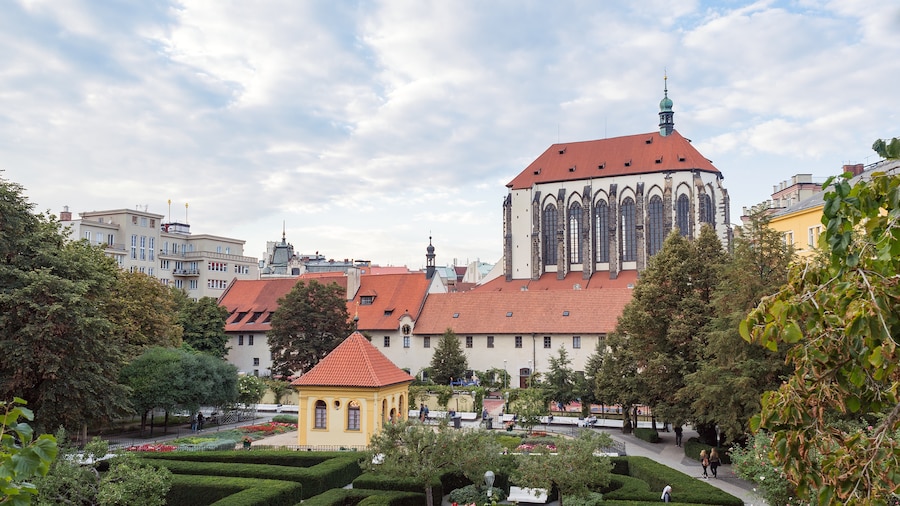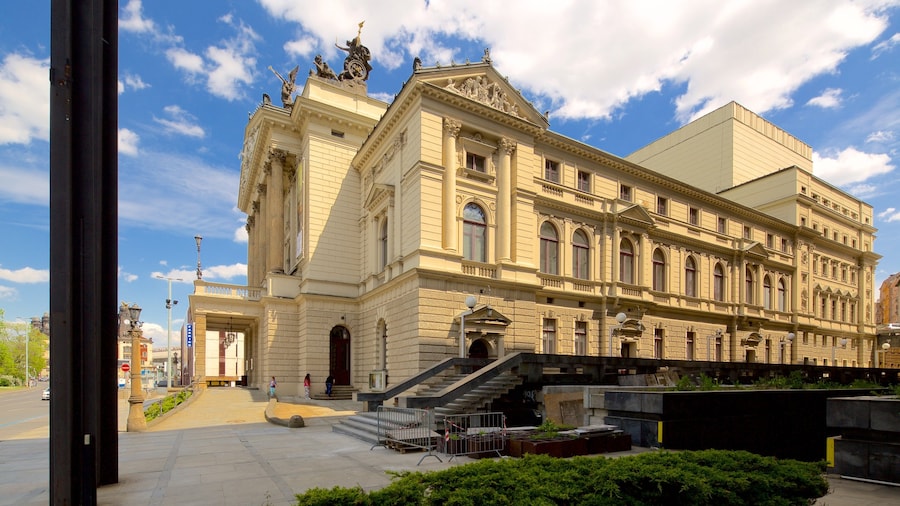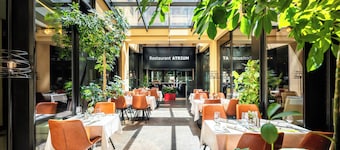Protests now form part of the myth of Wenceslas Square, but it's also a great place to shop, eat, drink – and walk in the footsteps of heroes.
There's so much history worked into the streets and squares of Prague, that it's sometimes easy to forget that history of a most dramatic sort was made here, only a few short years ago. And one of the places most connected to those events – the anti-communist Velvet Revolution in 1989 that toppled the regime, and eventually the Iron Curtain – is Wenceslas Square. A central meeting place, shopping centre and rushing tourist hub, it has also been a horse market, a rallying point for Czech national revival (in the 19th century) and a scene of battle, in the Prague Uprising of the Second World War.One thing is has never been, though, is a square. Wenceslas Square (or Vaclavske Namesti) is in fact an 800 metre long tree-lined boulevard, marking the transition from the New Town to the Old. The route was first laid down by Charles IV in 1348. The people of Prague come here to shop, drink coffee, and promenade. Tourists come here to admire this proud Art Nouveau avenue, its various artistic monuments, and to take in the National Museum at the end of the Square.. At night, tourism here is often a little more boisterous, revolving around energetic night clubs in the nearby streets, and their encroaching 'red light' entertainments. It's a combination that's fuelled a boom in stag and hen parties over the last decade – though that's less of an attraction than it once was. But that 'good-time vibe' can sit a little uneasily with the history of protest and sacrifice seen here.It was started with the first Czech martyr, King Wenceslas I, who the Square is named after. He was murdered by his brother in 935, and became a Saint much revered by Czechs to this day. Others have chosen Wenceslas Square for martyrdom too. There is a poignant monument to two – Jan Palachand and Jan Zajíc – who set themselves alight, to protest against the Soviet invasion in 1969.Mercifully, the revolt that finally saw off the communists, and Soviets – the Velvet revolution – was short on martyrs, and big on heroes. Up to 500,000 of them may have crammed into Wenceslas Square on November 20th 1989. This Square may have been around for six centuries, but those ten days in November will likely be its defining moment for many more to come.
